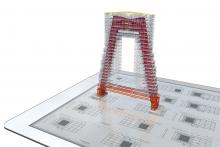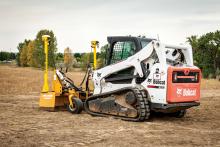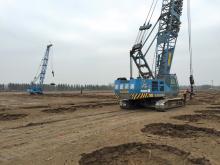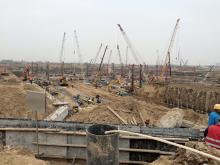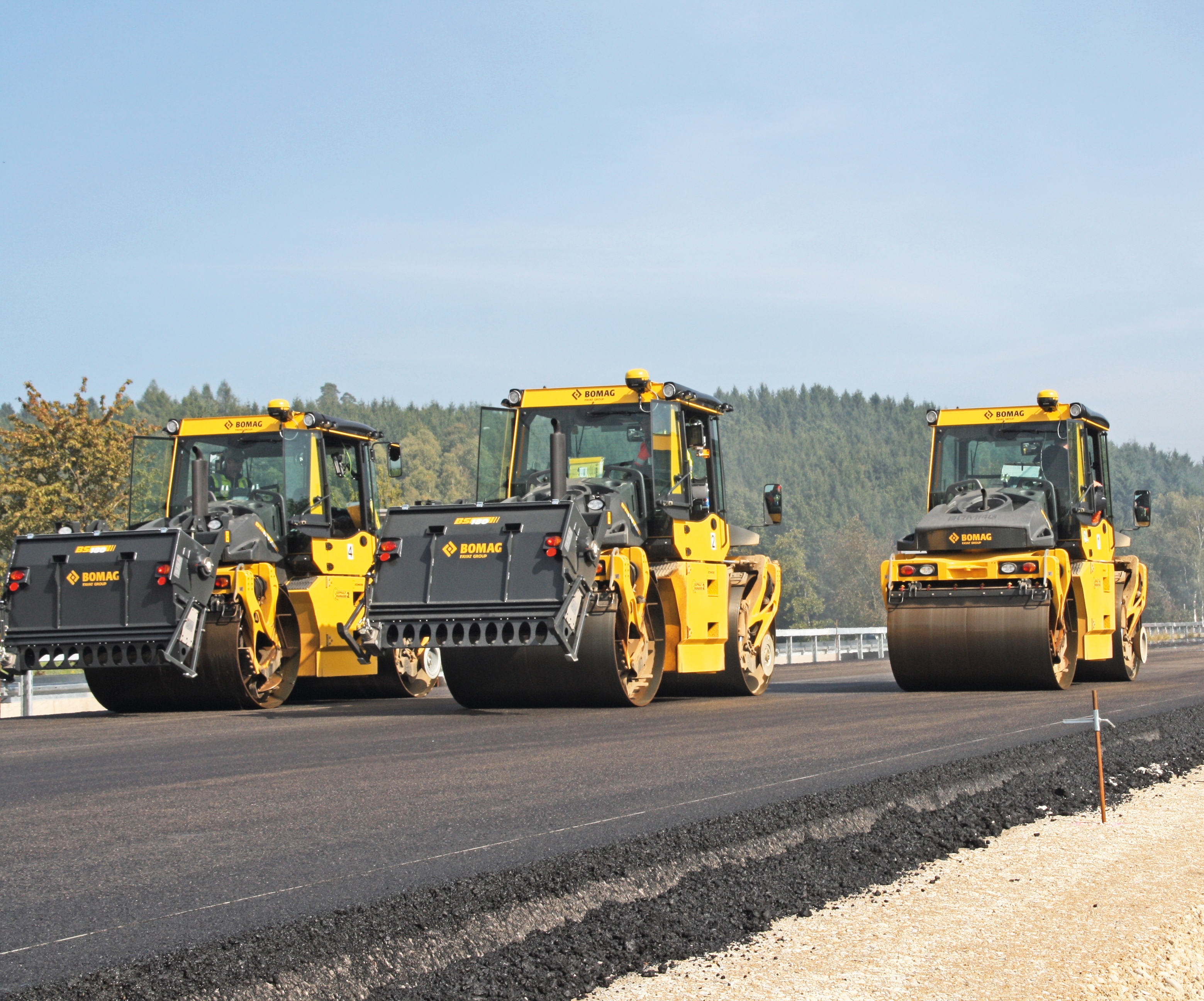
Digitalisation is gradually taking root in road construction and BOMAG is one of several firms working to advance a stronger digital network of pavement and compaction processes. The potential from digital construction sites (and road construction in particular), is only slowly being recognised by the sector. This technology offers the chance to deliver construction projects at lower cost, faster, with more transparency and better quality assurance.
BOMAG is one of several firms that has long been offering systems for machine connectivity and supervision. And the firm believes that for compaction purposes, homogeneous standards for all manufacturers will help with the value chain in road construction.
Under the heading of Industry 4.0, automated industrial production is well advanced in Germany. Digitalisation in road construction is still in its early stages however but promises immense potential for more efficient processes in the future. To remain viable, construction firms need to embrace this development. Those manufacturers investing in new technology, BOMAG included, aim to support clients in implementing networking IT ystems in road construction processes. The digital construction site requires openness to new developments as well as a willingness to invest in new technologies. Applied correctly, these technologies can reduce costs and improve quality assurance. But in a traditional field like road construction, this steering towards digitalisation is not a matter of course. Extensive planning and construction cycles, which can take years in the case of highway projects, also contribute to the fact that new technologies are only grudgingly accepted and established with corresponding delays.
Some key firms identified the benefits of digital processes in road construction early on, BOMAG being one, and have since been able to develop digital strategies for the future. Connecting construction machines and building processes is therefore not uncharted territory for BOMAG. The BOMAG Compaction Management (BCM) is one example for this. Based on GPS data, this system provides a surface covering dynamic compaction control (SCDCC).
In practice, connecting construction machines can fail because of the incompatibility between systems used by different manufacturers. At present, legislators are struggling to change regulations for systems that have not yet undergone comprehensive testing in the field. And if machines of different manufactures are unable to communicate with each other because there is no common language, there are further disadvantages for the contractor.
But road construction is a complex process. In contrast to other sectors, road construction does not manufacture classic serial products. Each construction site is unique and requires individually coordinated companies and construction process steps. By connecting the machines involved in the building process as well as the procedural steps, a construction site can be managed more efficiently by being based on the latest data. The transition to connected, digitalised construction sites is necessary but is also more complex than for other sectors.
Another special feature of road construction is the great number of construction machines that already have a high degree of automation. Improving the efficiency of construction machines and quality assurance through digital technologies are not mutually exclusive. This enables shorter construction times as demanded by road construction authorities, as well as cost reductions for construction companies.
Depicting complex construction processes as comprehensive illustrations in a digital construction model will continue to gain importance for major infrastructure projects. The intention is to integrate all parties involved in the respective road construction project, allowing digital network planning and procedural steps as well as quality assurance with the help of modern information technologies. The main driving forces are construction machine manufacturers, providers of positioning systems and PPP-infrastructure projects that operate under considerable pressures of cost, time and quality. Major projects already apply individual digital elements such as positioning, measuring, networking and 3D control systems on construction machines. The goal is to integrate these isolated solutions into one holistic system. Demand will rise because construction companies recognise the advantages of a more efficient construction process control, reduced construction times and cost savings. Also, starting in 2020, the Federal authority in Germany intends to plan, tender and construct the first projects based on digital construction site models. At this point, BIM will become reality for road construction as well.
With BIM, contractors that manage a road construction project will benefit from an improved process control. All information on machine application, construction site planning, flow of materials and implementation quality can be provided in real time. This also provides a constant up-to-date target-actual comparison of the current construction process and allows for instant responses to changes.
According to industry experts, digitalisation in road construction is picking up speed. Future investments and innovations need to be geared towards systems that do not limit the market, but permeate it. The focus should then be on the competitive advantages for clients and on the best possible quality management in road construction.

